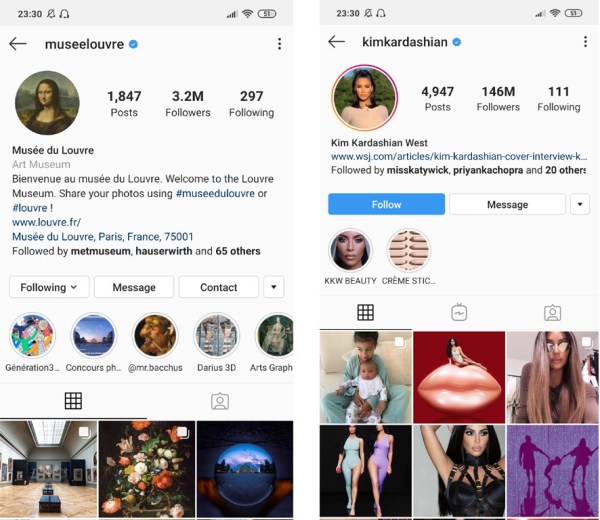
Earlier this year, I had the opportunity of interviewing Marine Tanguy, 30, a London-based entrepreneur who has started the world’s first artist agency—MTArt Agency. You will find talent agencies in fields like modelling, speaking and writing but the concept is new in the world of visual arts. Marine is committed to accelerating artistic careers in innovative ways; she encourages people to invest not in art but artists. She borrows the idea from the agencies she encountered in Los Angeles, where she worked in her early twenties. They had a more 360-degree view, she says, of managing talent, generating visibility and revenue than the traditional gallery model.
Her award-winning venture helps artists cover their studio costs and sell their works. It also implements a variety of public art projects, cultural and commercial partnerships (for instance, with the Mayor of London’s #LondonisOpen campaign). MTArt has big plans, and wants to eventually rival the major Hollywood talent agencies that look after actors and celebrities.
Marine is active as a speaker. One of her TEDx talks, given in Lausanne in 2018, is titled “How social media visuals affect our mind?” and highlights the big difference between the Instagram followings of the Louvre and Kim Kardashian. Currently, the museum has 3.2M and the socialite 146M. Marine likens the narcissistic, hyper-sexualised imagery of the latter to junk food. It is harmful and “makes people feel like crap”, she maintains. She scientifically backs up this claim with evidence collected through AI monitoring.
As a response, she does not suggest any kind of suppression or censorship but greater diversification of content on social media platforms so that we can be more visually nourished. She has no problem with Kim Kardashian per se and does not want to punch her type. What troubles her is that there is just this one kind of persona, representation of what a female should be that has such a massive, sweeping hold.
Given the identity of the individual on top, Instagram is suffocatingly crammed with bikini models—most of them passive objects of the male gaze. Marine herself got the greatest engagement on the day she decided to do a test and posted a picture of her bottom (instead of her usual posts on her eventful life as a pioneering businesswoman). That is what people want and mainly respond to. Who is to be held accountable for such behaviour?
Marine’s answer has two points. First, social media only shows what already exists beyond it, it reflects the entertainment and advertising industries as they have operated for decades. And second, more importantly, the academic world and the art industry have long refused to take part in actively sharing content. This is something that we always forget to mention. Universities and museums did a poor job of making meaningful conversations and creativity available via the television. And they are still quite slow with the internet. Institutions have remained shut off from the outside world, and continue to provide high culture to a small, elite crowd.

They’ve believed that somehow engaging everyone is something bad, Marine adds. “If they did share any content, they would remove all directness and empathy and make the material too conceptual, not related to our lives.”
If the vast majority of people have an aesthetic sensibility that cannot quite go far beyond Kim Kardashian it is because they never really had a chance to be exposed to and get familiar with anything better. The content was not developed in the first place. It wasn’t offered to them.
“So, as an industry we have to step in and start sharing valuable content regularly,” Marine says. “At MTArt, we are tackling this by taking art to museums but also through public projects and social media. We want to stay in the landscape. Say if you are a tech company or if you are in the city space, we want to provide you with visuals.”
It is easy for people in the creative industries to complain about their work not being appreciated, about the general public having unsophisticated preferences. But the big question is what have they done or what are they doing to attract the attention of and connect with the average person? There are huge untapped audiences—professionals in fields like technology, finance, healthcare, law—who would love to be culturally educated, invited to the discussion, and even collect art—and they must be reached out to.
In this day and age, we are fortunate that anybody can become a content creator—from professors in the humanities to teenagers with a budding interest in sculpture or literature. And artists, writers, art dealers, art journalists, art curators have an even greater responsibility. We have communication tools at our disposal that enable us to instantly share material and start a dialogue. An attempt to straightaway equal Kim Kardashian’s 146M would be unrealistic but small, regular, energetic, passionate efforts—a couple of beautiful, thought-provoking paintings from emerging artists shared on Facebook every week, more and more Instagram accounts dedicated to art history, WhatsApp statuses with quotes from prominent art theorists—all of these could be the first steps that, over time, by way of organic growth, may expand and redefine the taste of the masses.
Written by Tulika Bahadur.

